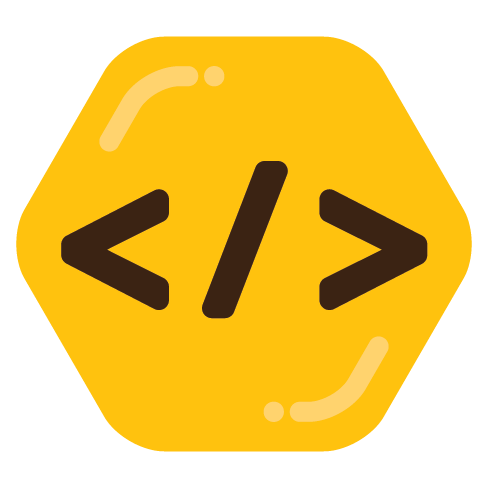

twiice
gitupl
file-dupl
change-dupl


twiice
gitupl
file-dupl
change-dupl


Worktrees share the data stored in the .git folder. This saves storage (particularly on larger repos, and if you don’t fetch/clone only partial history), and could allow some other workflows or safeguards (backing up just one instead of multiple, centralized local state instead of spread across different workspaces). It also means it could share repo-local git settings - like remotes, local not checked-in ignores, etc. (I assume).


I didn’t add a star at the end for the word search, so at least for that example, the sarcastic ones were all ‘amazingly’ and consequently not counted, and the ‘amazing’ at the end seems literal. I haven’t looked at any other cases, though.


Glad you’re so appreciative and worked through it! I gladly share, discuss, and respond.
I’ll have to read up on palette filters. :) I do semi-regularly use ffmpeg, but palette filters are not something I have heard or used before.
I assume in this case it’s a downsampling into fewer colors, evading the issues of almost-same-colors?
Especially given the last square/check pattern makes me thing of codecs splitting into square blocks and then encoding those. It could make sense that this division leads to different results for one reason or another, which then produces a check pattern without it being there before.


For comparison, “amazing” occurs six times.


Only one of them barely reaching 200. For the size of the Linux kernel I find these numbers surprisingly low.


I don’t see a sharp drop as a sign of corporate oversight at all.
Stuff may be tackled en-batch. Or individuals can care. Or it can be an organic team decision or effort.


1, 2, 4, 5, 6 all look fine resized in the post and full size
3 looks fine full size but has slight visual artifacts resized in the post (check/square pattern)

I can barely see it on my monitor. So on worse monitors it may not even be visible. #272a31 vs #262b31
animated webp may also be an option


The screenshot is from my desktop with wide enough screen on Lemmy web (programming.dev).
The issue is one of scaling.
When I open the image without being resized into the website layout, it has the following visual pattern:

When I zoom out to 50% it looks (almost?) fine

Did you scale the source with ffmpeg? Do you have a visual pattern in your console background? The simplest solution would be to have a solid color as background. The second best to render a small enough size that it does not get resized in the browser.
At 1920x1038, it’s very big right now. I’m surprised the font is big enough to be readable. I assume you scaled it up or have a high dpi display resulting in this.


That visual pattern compression though



I also want locally deleted files to be deleted on the server.
Sometimes I even move files around (I believe in directory structure) and again, git deals with this perfectly. If it weren’t for the lossless-to-lossy caveat.
It would be perfect if my script could recognize that just like git does, instead of deleting and reuploading the same file to a different location.
If you were to use Git, deleted files get deleted in the working copy, but not in history. It’s still there, taking up disk space, although no transmission.
I’d look at existing backup and file sync solutions. They may have what you want.
For an implementation, I would work with an index. If you store paths + file size + content checksum you can match files under different paths. If you compare local index and remote you could identify file moves and do the move on the remote site too.


Your git repo might get very big after some time. Especially if you move files.
Moving files does not noticeably increase git repo size. The files are stored as blob objects. Changing their path does not duplicate them.


It doesn’t open with a summary or overview but dives right in to exploration, but I think the point comes across:
The copy and paste key codes, which have no physical keys anymore, are - to a degree - supported in software. Their claim is that those key codes are the tool for universal copy and paste, and then it’s the input interpretations job (key and combination mapping) to offer bindings to those key codes.
GTK added support the copy and paste keyboards in January 2025. QT also added support for copy and paste key codes the same month. I’m not sure of the first released version of the GTK toolkit that will contain the fix. For QT, it will be QT 6.10, scheduled for release in September 2025. Together, this will cover many apps built for Gnome and KDE as well as others that use the same toolkits.
… followed by some more “current state of support for those key codes”.


The HackerOne report that does not even apply has 44 upvotes.

What do upvotes mean on HackerOne?
I guess, at least here, they’re mindless “looks interesting” or “looks well worded” or something?


The license doesn’t get revoked. It does not apply to things it does not allow in the first place.
Some kind of restrictions are easier to describe and assess than others.
I doubt someone that generates AI slob reports would care about the restrictions anyway.


I think they were always on a smaller scale. With this one, I’m somewhat hopeful that it’ll stick, and be a long term effort.
committee consisting of representatives of Germany’s federal government and the state governments


is bricking systems really an issue/a common issue for common mutable Linux distros?


It would have been quite the surprise if they had 6 recommendations but their favorite was not amongst them.
That’s a very one-dimensional view of technical debt.
I was about to write something more, but I think if I don’t know what they refer to when they say “knowledge”, then it’s too wishy-washy and I may be talking about something different than they intended.
Contrasting “resolving technical debt” and “investing [improvement] knowledge” we’re moving the reference view point.
I document state and issues as technical debt, and opportunities for change as opportunities. They cross, but are distinct concepts, and do not always cross. Some technical debt may be documented without a documented opportunity. Opportunities may be open improvements that do not tackle technical debt.
In my eyes, technical debt is about burdens that reduce maintainability where better alternatives likely exist.
“Investing knowledge” is something different, and not necessarily about known burdens, but may be improvements unrelated to known burdens.